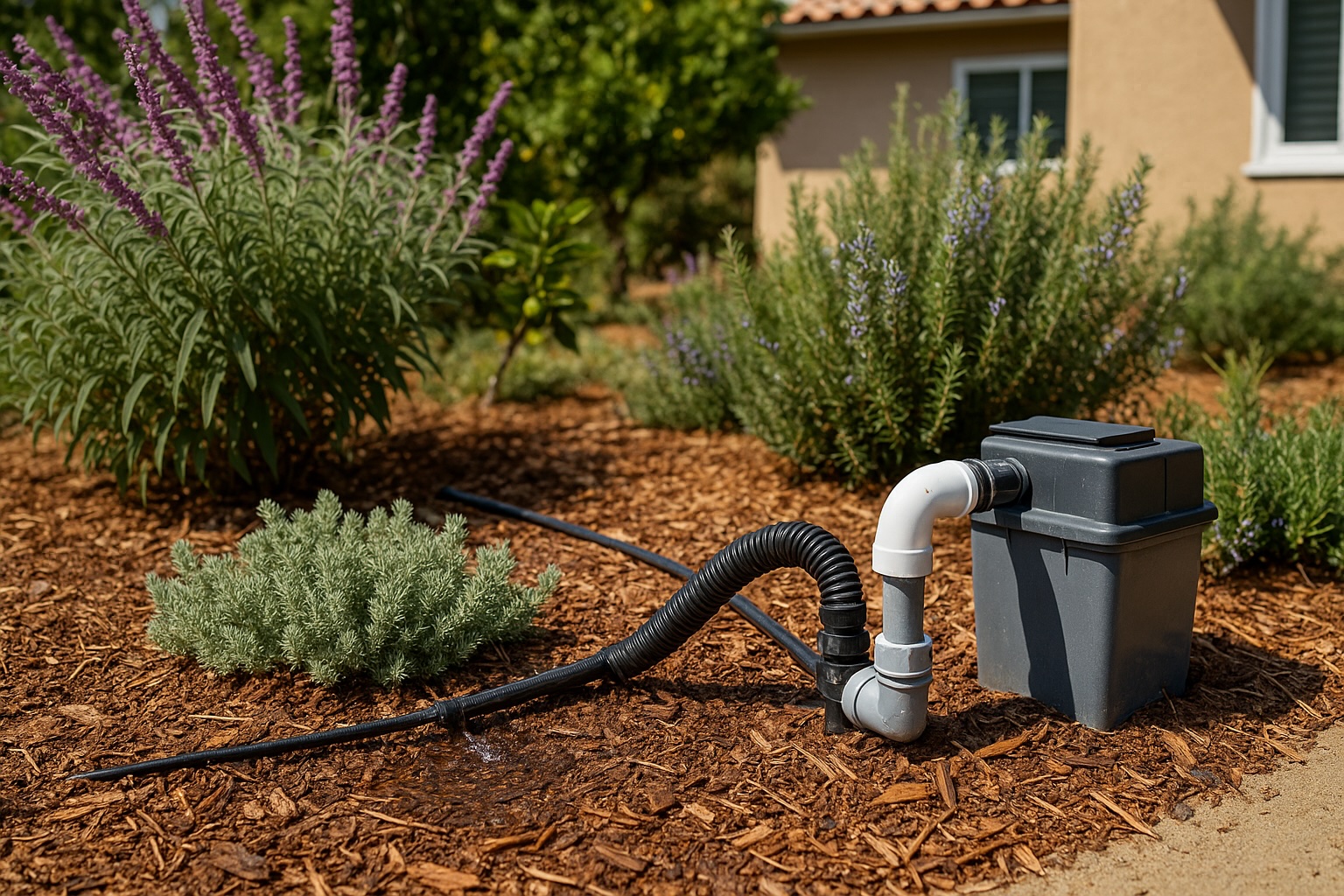
With drought conditions an ongoing concern in Southern California, homeowners are increasingly exploring sustainable options to maintain their yards. One of the most effective methods is implementing a greywater system. If you’re a resident of San Diego, this guide will walk you through how to reuse household water to irrigate your garden responsibly and legally.
What is Greywater and Why Use It?
Greywater refers to gently used water from sinks, showers, bathtubs, and washing machines. It does not include water from toilets or kitchen sinks, which is classified as “blackwater.” By redirecting greywater to your landscape, you can conserve potable water, lower your utility bills, and reduce strain on the municipal water system—all while keeping your garden green.
In a region like San Diego, where average annual rainfall is less than 12 inches, greywater can be a game-changer for landscape health. On average, a family of four can produce between 100 to 200 gallons of greywater per day—enough to support most home gardens during the dry season.
Legal Considerations for Greywater in San Diego
California state law permits greywater systems, but regulations exist to ensure public health and safety. The California Plumbing Code (Title 24) was revised in 2009 to make greywater systems more accessible to homeowners. For simple systems that use laundry water and require no pump or storage, permits are not needed. However, for more complex setups (e.g., those involving showers or bathtubs), permits and inspections may be required.
San Diego County follows these state guidelines. For clarity, consult the County of San Diego Department of Environmental Health for local permitting requirements and system restrictions.
Best Practices for Greywater Irrigation
Not all greywater is created equal. To ensure healthy plants and soil, follow these best practices:
- Avoid harsh chemicals: Use biodegradable, plant-safe soaps and detergents labeled “greywater friendly.”
- Don’t store greywater: Use it immediately to avoid bacterial growth.
- Apply below the soil surface: Subsurface irrigation prevents human and pet contact.
- Distribute evenly: Rotate distribution zones so no single area becomes saturated.
- Monitor soil health: Periodically test pH and nutrient levels to ensure long-term garden viability.
Plants That Thrive with Greywater
Many drought-tolerant and native plants are well suited for greywater irrigation. In San Diego, consider incorporating:
- Lavender: Fragrant and hardy with minimal water needs.
- California fuchsia: A vibrant native plant that tolerates variable moisture.
- Rosemary: Edible, aromatic, and drought-tolerant.
- Mexican bush sage: Great for pollinators and thrives with intermittent irrigation.
- Lemon balm and mint: Fast-growing herbs that thrive with greywater but may require root containment.
To maintain a thriving garden, avoid watering edible parts of fruits or vegetables with greywater. Instead, use potable water for these zones and dedicate greywater to ornamentals and shrubs.
Systems and Setup for Home Use
There are three common greywater systems that San Diego homeowners can consider:
- Laundry-to-Landscape (L2L): Inexpensive and simple. Directs washing machine discharge to your garden. No permit required.
- Branched Drain System: Captures water from multiple sources (like showers) and distributes it underground to multiple garden zones. Permits typically required.
- Pump-based Systems: Suitable for large yards or uphill irrigation but involve more complexity, filtration, and permits.
Consult with a certified greywater installer if you plan a more involved setup. They can help ensure compliance and efficiency.
Seasonal Tips for San Diego Yards
Spring is a great time to install or tune up your greywater system. As temperatures rise and rainfall dwindles, your plants will appreciate the extra hydration. Here are seasonal tips for maximizing impact:
- Spring: Start redirecting greywater to establish moisture before peak summer heat.
- Summer: Increase use as rainfall drops. Consider pairing greywater with mulch to reduce evaporation.
- Fall: Monitor plant growth and adjust flow as cooler weather returns.
- Winter: If rainfall increases, scale back use to prevent overwatering.
Final Thoughts
Greywater use for San Diego gardens is not just eco-conscious—it’s practical and cost-saving. With simple systems, safe products, and a little planning, you can make the most of your home’s wastewater while supporting a beautiful and resilient yard.
